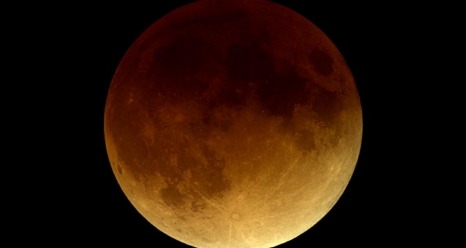
The U.S. Naval Observatory has a handy form you can fill out to find exactly when the eclipse will take place, no matter where in the country -- or the world -- you are. We checked the results for Denver. (For an explanation of "penumbra," "umbra" and "totality," check out the NASA graphic below.)
- Moonrise: 7:57 p.m.
- Moon enters penumbra: 2:59 a.m.
- Moon enters umbra: 4:15 a.m.
- Moon enters totality: 5:54 a.m.
- Middle of eclipse: 6 a.m.
- Moon leaves totality: 6:06 a.m.
- Moonset: 6:46 a.m.
So, as you might have guessed, the timing isn't perfect for Colorado. Via NPR:
North Americans could get a glimpse of the Earth shadowing the moon (very) early Saturday — the third in a series of four lunar eclipses that began nearly a year ago. But only those on the West Coast, in the Pacific or Asia will have a chance at seeing the full show.
Here's a full chart from NASA that gives you the details:










